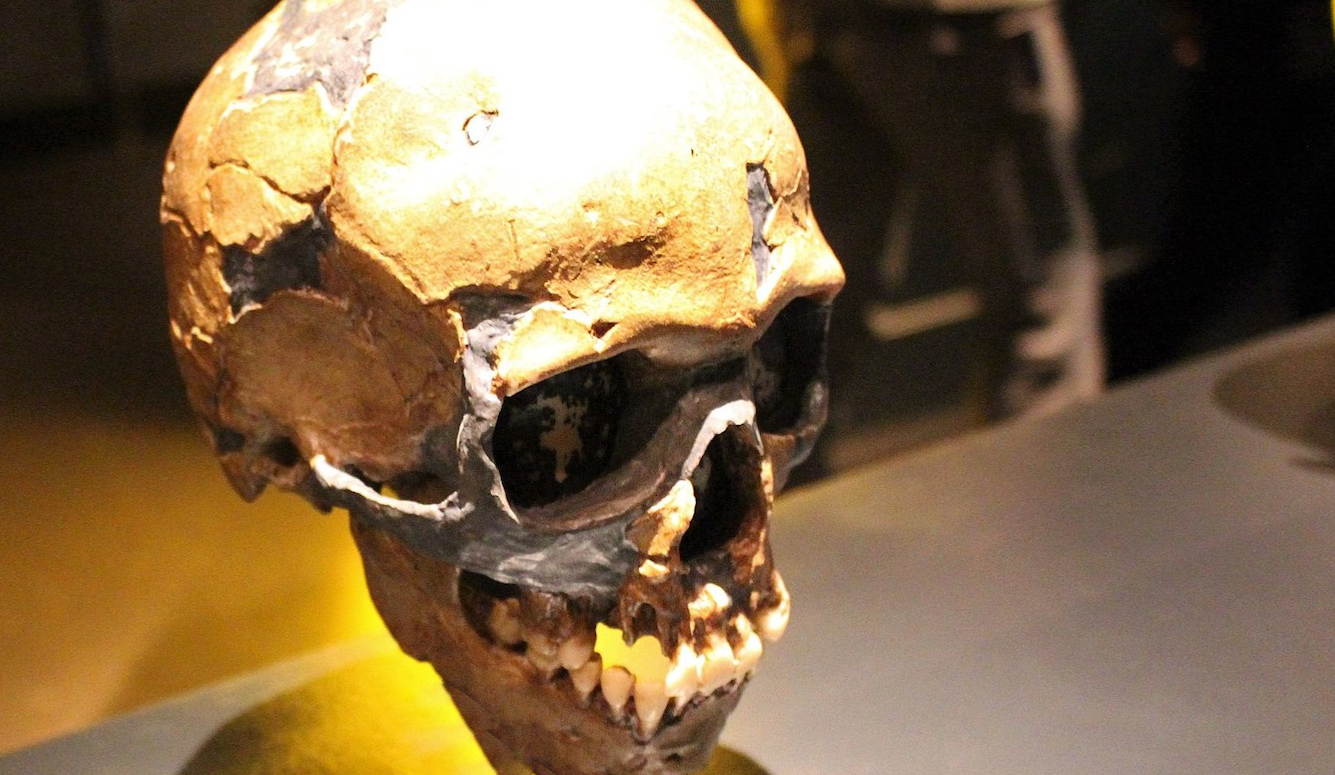Genetics
Svante Pääbo and the Human Story
Not so long ago, he taught us, there were at least three distinct hominin lineages roaming large parts of the planet.

“Nobel goes to Svante Pääbo for Neanderthal work,” is how a BBC headline writer described this year’s choice for the Nobel Prize in Physiology or Medicine. For the New York Times, it was “Prize Awarded to Scientist Who Sequenced Neanderthal Genome.” And at the Guardian, “Swedish geneticist wins Nobel prize for Neanderthal research.”
All true. But notwithstanding this close focus on Pääbo’s research into Neanderthals, it’s important to note that his scientific contributions have shaped the entire field of paleogenetics, not just the study of Homo neanderthalensis. Indeed, his work has spanned all three known species of humans, one of which the world likely wouldn’t even know about but not for Pääbo and his research team.
As a graduate immunology student in the early 1980s, the young Swede performed molecular genetic analyses on 23 Egyptian mummies, one of which—a 2,400-year-old child specimen—proved to contain clonable DNA. The discovery yielded the first scientific paper ever published on the subject of DNA extracted from fossil tissues.

The then-available technology didn’t allow Pääbo to sequence the mummy’s entire genome, nor those of the Neanderthal specimens he would later study. And it wouldn’t be until 2014—following two decades of research—that Pääbo and his team at the Max Planck Institute for Evolutionary Anthropology deciphered a Neanderthal genome to such extent that it could be systematically compared to its modern human equivalent. In the process, they pioneered laboratory and computational solutions to a basic problem of paleontology: During the passage of tens of thousands of years, the DNA contained in bones typically dissolves into tiny fragments. Any scientist seeking to reconstruct an ancient genome must not only patch it together from countless isolated bits and pieces, but also apply analytical methods to filter out contaminating DNA from millennia worth of bone-colonizing fungus and microorganisms.
Before Pääbo demonstrated otherwise, some scientists believed that Neanderthals might have been our own ancestors. However, Pääbo determined that Neanderthals and modern humans developed in parallel—the former in Europe and Asia, the latter in Africa—with their latest common ancestor living about 800,000 years ago.
Yet when the populations first encountered one another about 50,000 years ago, they were able to interbreed. Outside of Africa, most human populations contain a small but substantial portion of Neanderthal DNA—including, notably, a specific variant on the third chromosome that’s associated with an elevated risk of developing severe COVID-19.
In the years that followed his ground-breaking Neanderthal research, Pääbo and his colleagues discovered a completely separate hominin group called the Denisovans. (The name originates with the Siberian cave that yielded the juvenile female finger bone from which members of Pääbo’s team extracted a complete mitochondrial DNA, or mtDNA, sequence.) As they described it in a 2010 Nature article,
It represents a hitherto unknown type of hominin mtDNA that shares a common ancestor with anatomically modern human and Neanderthal mtDNAs about 1.0 million years ago. This indicates that it derives from a hominin migration out of Africa distinct from that of the ancestors of Neanderthals and of modern humans. The stratigraphy of the cave where the bone was found suggests that the Denisova hominin lived close in time and space with Neanderthals as well as with modern humans.
Pääbo’s work shows that the Denisovan presence on Earth has not been completely extinguished: it lives on through genetic contributions to modern humans. Just as Neanderthals account for up to four percent of human DNA in parts of Europe and Asia, as much as six percent of the DNA of populations in Papua New Guinea and other parts of Melanesia, Aboriginal Australian communities, and parts of Southeast Asia, is thought to be of Denisovan origin. By way of example: one Denisovan-descended gene increases the ability of modern Tibetans to survive in high-altitude environments.
Pääbo’s Nobel Prize was formally awarded for “discoveries in physiology or medicine that led to benefit for humankind.” But he hasn’t just benefited humankind. He’s illuminated it.
Just a few decades ago, members of our own lineage were seen as the only real late-stage protagonists of the human story—with the Neanderthals appearing merely as bit actors. But the true history turns out to have been very different. Not so long ago (in evolutionary time), there were at least three completely distinct human lineages—us, Neanderthals, and Denisovans—roaming large parts of the planet, sometimes interbreeding, and even possibly co-existing cheek by jowl in southern Siberia and other areas of Eurasia. It was Pääbo who showed us the contours of this story.
The peopling of the full planet by our own primeval ancestors was not foreordained. Under different circumstances, it might have been the Neanderthals or Denisovans who ultimately prospered while our line was extinguished. And in this alternate reality, it would be their great scientists—their version of Svante Pääbo—being feted for genetic discoveries relating to that ancient and mysterious hominin lineage known as Homo sapiens.





